
A dog not eating is a sign that something’s not quite happy and healthy with your canine. Several reasons a dog may not be eating, from a medical issue to a lack of appetite.
Before understanding how to increase a dog’s appetite, it’s important to know the underlying cause. If it’s an illness, veterinary care can assist with treatment. If it’s just appetite, there are ways to increase your dog’s eating.
Let’s learn how to increase a dog’s appetite naturally:
1. Treat a dog’s illness

A dog not eating is not a sure sign of illness but has them assessed by a vet. It could indicate a serious problem, such as systemic infection, liver problems, or kidney failure. Always rule these out and have the illness treated. This will aid in resolving their lack of appetite.
2. Make a dog comfortable
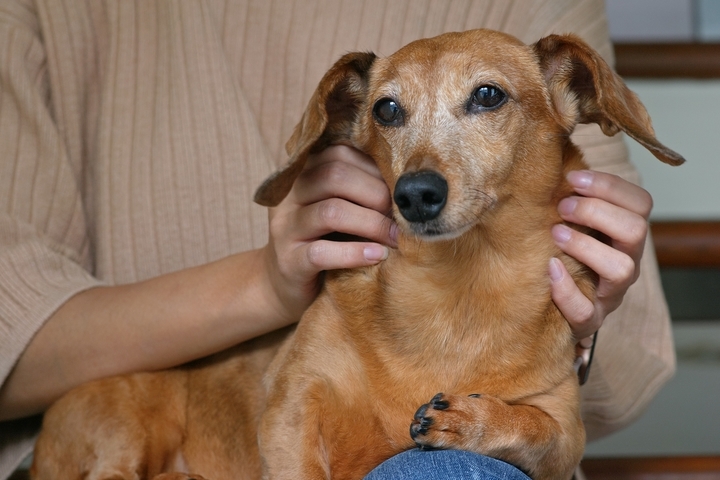
A dog in a new location, in unfamiliar surroundings, or travelling may not have the same appetite they do in their own home. Some animals get very nervous and uncomfortable in unfamiliar places, but making them comfortable and giving them attention can help resolve anxiety like this.
3. Try a different food
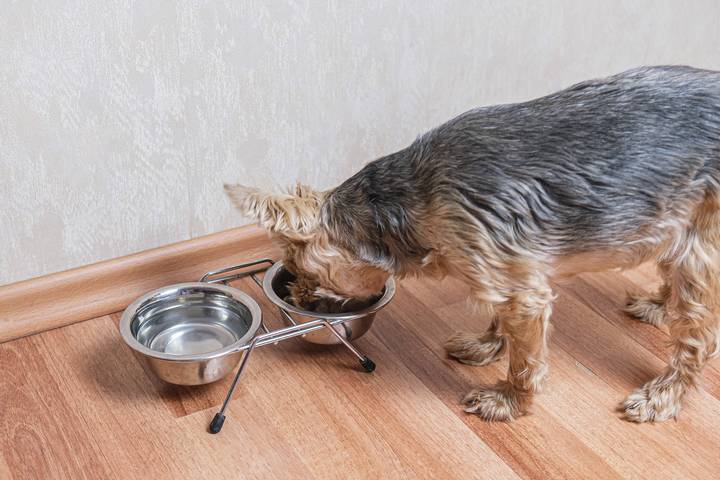
Some dogs are picky. Even if it’s a food they’ve had before, perhaps something new or different about what’s in front of them is turning them off. Try different food. Try raw dog food as an example. See what your dog likes and doesn’t, and try to ensure they receive a varied diet as they build up their appetite again.
4. Try rotisserie chicken

Most dogs love rotisserie chicken. To dogs, they just want to gobble it up. If your dog’s sick, debilitated, or senior and picky about what they ate, you can offer them white rotisserie chicken meat, and they will love it. Be careful with this type of chicken, though, as you don’t want to feed them bones or skin. You may also want to avoid some fattier pieces if they’re on a low-fat diet.
5. Make a feed schedule
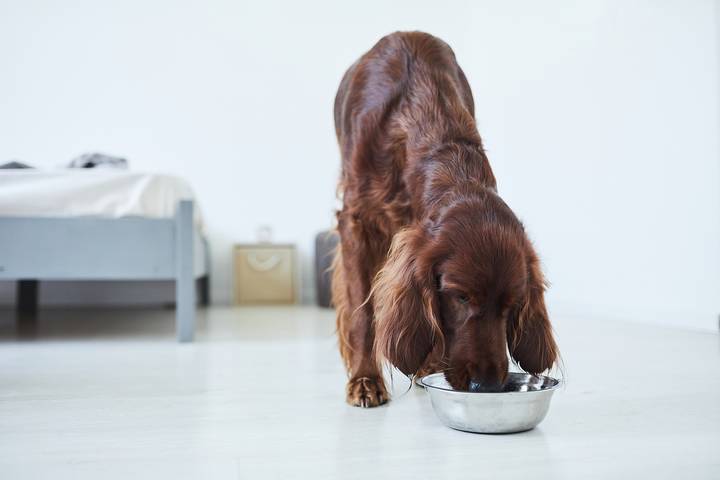
Cut back on treats and feed them. Let their appetite build. Set a schedule to feed them at least twice a day. At the same time, the same amount. This is to get your dog in the habit of eating. This includes any treats or any human food you would normally give them. This will emphasize that they are expected to eat strictly from their dog bowl and at the set times.
6. Try dog acupuncture
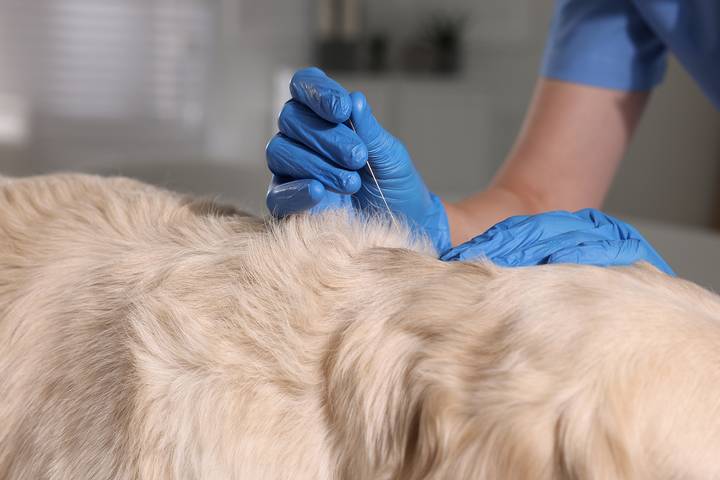
Another thing you can do, if it’s within your budget, to stimulate a dog’s appetite is acupuncture. This will help combat any pain, inflammation, or nausea they may be going through and is associated with increased appetite.
Although you may have to look for someone who does this type of acupuncture, this is another avenue you can go down if your dog is sick and you want to improve your appetite.
7. Take your dog for a walk
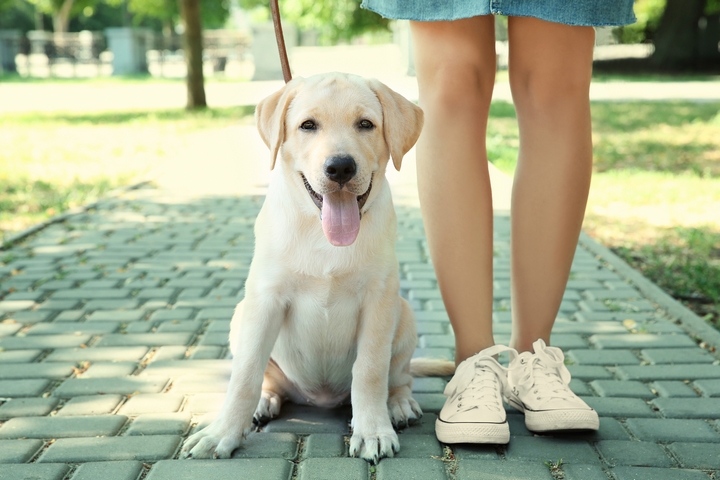
Just like with human beings, dogs who exercise get hungry. If they aren’t being walked regularly, this could be something you can do to keep them healthy and motivated to eat. A quick walk before dinner will help stimulate your dog to want to drink and eat and recoup the energy they spent. Also, walks are fun!
8. Change where you feed them
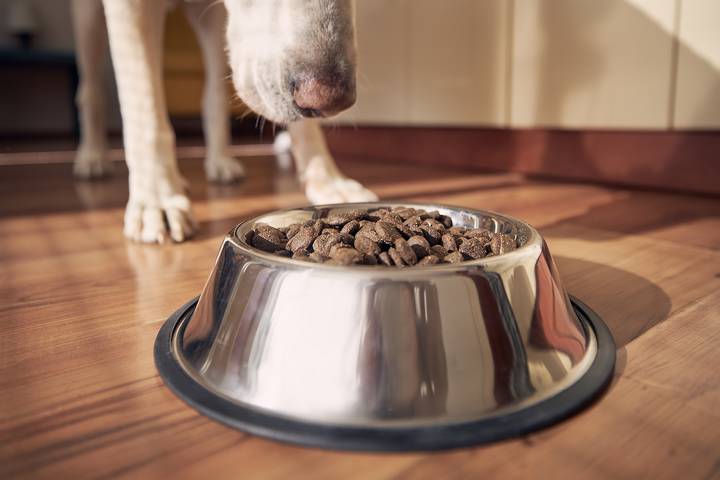
In addition to changing what and when you feed them, change where. Give them their private area if they’re fed alongside other pets. Try different bowls or plates at different heights to see if it’s an accessibility issue.
If they’re somewhere with a new puppy or aggressive dog, your dog may be hesitating to eat. Switch things up and see if they behave differently.
9. Try a raw dog food diet
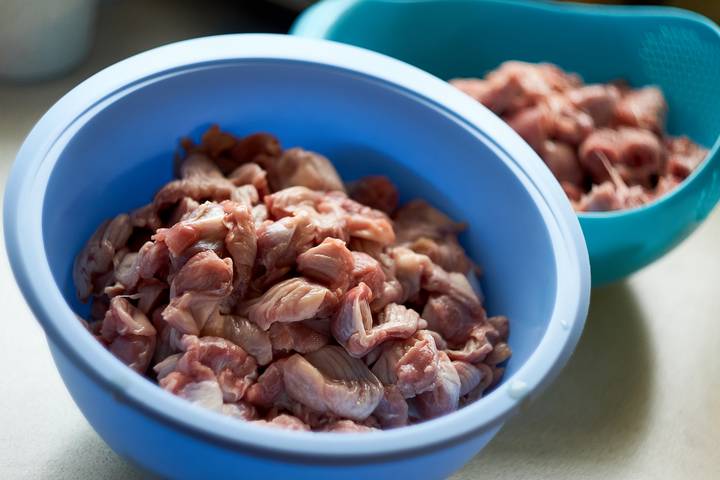
Most dogs love raw food. There are many healthy, highly nutritious foods in a raw food diet, including organ meats, muscle meat, whole or ground bone, raw eggs, fruits and vegetables that you’ve verified are safe for dogs, and certain dairy products like yogurt.
This is sure to boost your puppy’s appetite and result in benefits, such as a la shinier coat of fur, improved dental health, increased energy, and smaller stools.
10. Medications and CBD oil
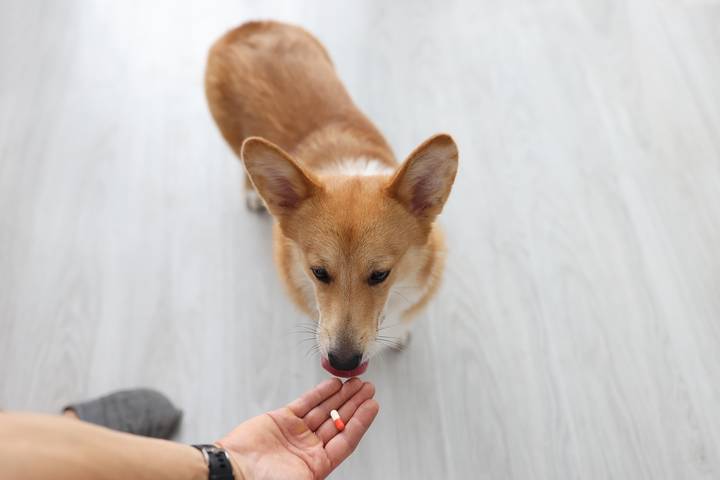
You can give your dog a few medications to help stimulate appetite as a last resort. Mirtazapine is often prescribed for appetite, increases serotonin levels and stimulates the central nervous system. Meclizine is an antihistamine that reduces nausea due to vertigo, potentially offering another route to easier eating.
There are also CBD products that your vet may recommend. CBD in dogs is associated with reducing pain and increasing appetite, although you’ve got to make sure it’s pet-safe, made specifically for dogs, and is legal in your jurisdiction.












